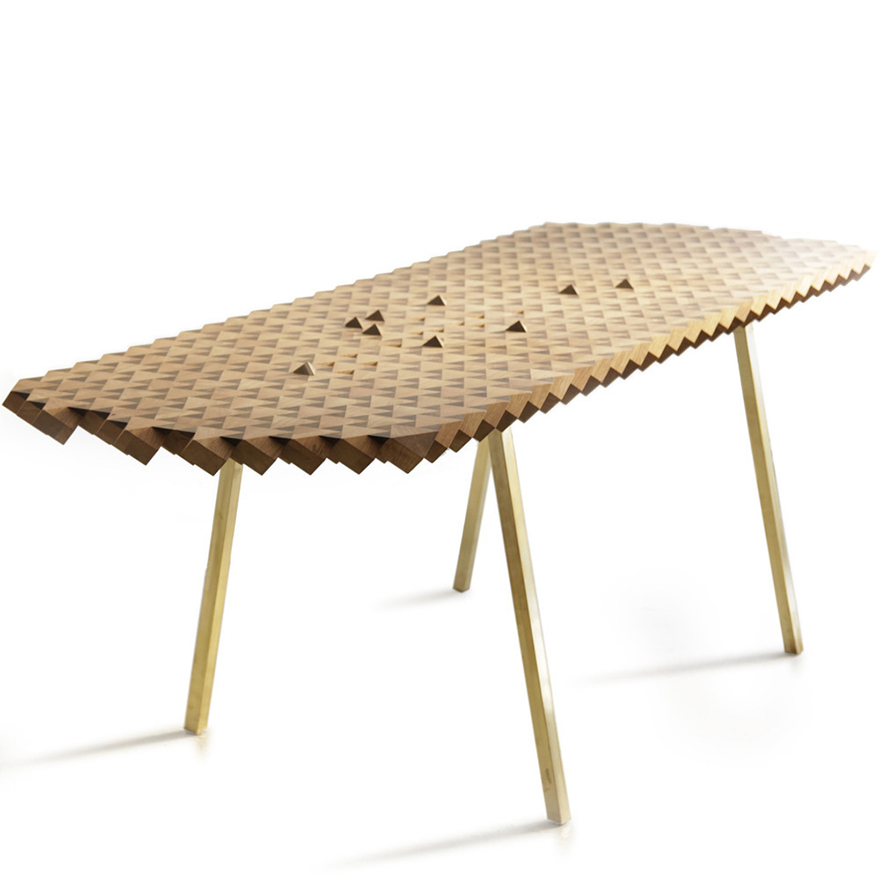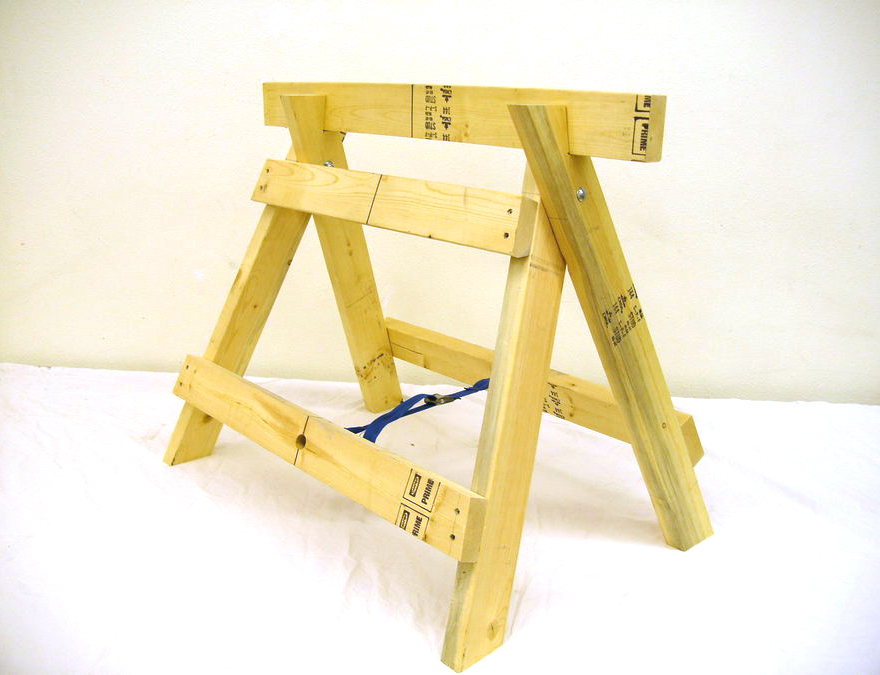![Comingle-ModDildo-1.jpg]()
In the summer of 2013, Andy Quitmeyer was teaching electronics workshops to scientists in the jungles of Panama as part of his dissertation, when he met a woman with a very specific project in mind: a vibrator. Quitmeyer sat down with the woman and showed her how to program various vibrating patterns and build one of her own. "These scientists are spending all this time out in the jungle and have needs to be taken care of," Quitmeyer says. "It was a cool design challenge."
When Quitmeyer returned to his studies at Georgia Tech, he shared that experience with fellow classmate Paul Clifton, and they discussed the details of what a truly universal vibrator might look and feel like. "I originally thought that it was just taking something that vibrates, put it in something, then put it inside a person," Quitmeyer says. "But then there are these very specific needs for each person." In the case of the Panama-based scientist, that need was a vibrator that wouldn't overstimulate her clitoris ring, meaning that it had to be maneuverable and insertable to avoid the sensitive region—a tricky but not impossible endeavor.
The two Ph.D. candidates soon began reading sex-toy review blogs to understand the specific likes and dislikes of different users. They also started scouting local sex shops in Atlanta, spending a lot of time interviewing customers and, in particular, the owners of these stores. "They have a really on-the-street, on-the-ground perspective of what people are buying and using," Clifton says.
![Comingle-ModDildo-2.jpg]() A diagram of the second-generation Mod, now funding on Indiegogo
A diagram of the second-generation Mod, now funding on Indiegogo
The feedback they received led them to create the Mod (v0.1), the first edition of their universal vibrator, which uses an off-the-shelf Arduino LilyPad USB (32u4 Chip), chosen for its onboard battery charging and lack of drivers necessary for installation. Inside its silicone casing are three powerful Parallax Vibration Motors powered by a LIPO battery, and a sensor port with power, ground and two analog inputs. Careful attention was paid to the programming—exactly how the Mod reacts to turning on and off, charging, et cetera. "We had to go and say, when you push the power button on this dildo, what do you actually want to have happen, and how do we set the circuit up to behave that way?" Clifton says.
Last year, Clifton and Quitmeyer launched Comingle, a DIY and open-source sex-toy company, and now the Comingle team is raising funds for the second edition of the Mod. The updated design has several key improvements, including the use of custom components like the Dilduino (more on that later) and a more durable and flexible shaft. Creating it meant really reinventing the vibrator from the inside out. "Most vibration motors that you get have little holes in them that can let the silicone go into them and then jam up your motor," Clifton says. "Then they have these shitty motor leads on them with the worst wires I've ever seen in my whole life."
For the flexible second-gen Mod, Clifton and his colleagues had to figure out a way to prevent the wires from coming out of the motor when the vibrator was bent. In addition, because the motors are plastic, the Comingle team struggled with getting them to bond to the silicone; the motors would break free and loosely buzz inside the device, transferring less power. Ultimately, the team discovered that by wrapping the electronic pieces with silicone tape, spacing the motors out and splicing in thicker wires, they were able to create much more durable connections that also adhered to the silicone itself. While Clifton doubts that customers will notice such details, Quitmeyer points out that the true difference shows in the flexibility of the shaft. "That's not something that you see very often," he says.
![Comingle-ModDildo-3.jpg]() The Dilduino board
The Dilduino board
Another facet the team had to consider was creating an Arduino that was intended to be embedded in something and not removed. The typical Arduino is full of broken-out pins for connecting to various outputs. In the case of the Mod, those outputs are vibro-controllers, which are sealed away within the silicone—unable to be switched out by a user. The Comingle team had to decide what outputs they wanted and how to make them generic enough to be used in a variety of projects, while still being specific enough to the vibrator. The final solution implemented in the second-gen Mod was the Dilduino, a custom board which shares similarities to an Arduino Leonardo, an Arduino LilyPad USB or another ATmega32u4-based Arduino, but with three main additions: an integrated motor control circuit that allows the motors enough current to go at full speed; integrated battery charging over USB; and an on-board multiplexer for selecting between inputs.
(more...)![]()
























 A diagram of the second-generation Mod, now funding on
A diagram of the second-generation Mod, now funding on  The Dilduino board
The Dilduino board





 "Andarkan" by Levent Tuna, Professional Winner
"Andarkan" by Levent Tuna, Professional Winner "Truva," by Alican Sayan, Faruk Mert, Enes Yigit, Kubra Kaya of Gazi University, Student Winner
"Truva," by Alican Sayan, Faruk Mert, Enes Yigit, Kubra Kaya of Gazi University, Student Winner





 Guisset's new
Guisset's new 
 Inside Guisset's studio in Paris
Inside Guisset's studio in Paris










